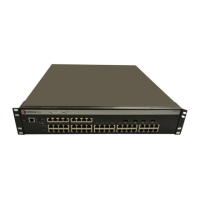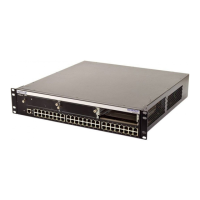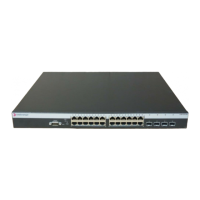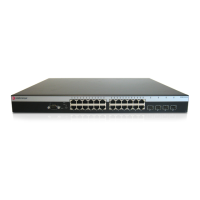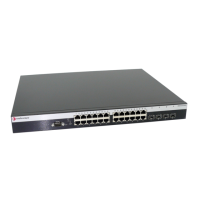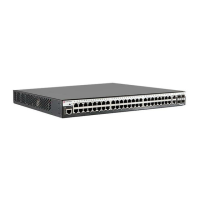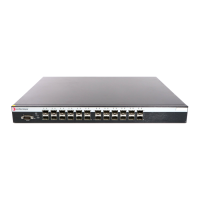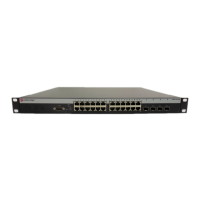Configuring the Switch
3-158
3
Command Attributes
• Priority – CoS value. (Range: 0-7, where 7 is the highest priority)
• Traffic Class* – Output queue buffer. (Range: 0-3, where 3 is the highest CoS
priority queue)
* CLI shows Queue ID.
Web* – Click Priority, Traffic Classes. Mark an interface and click Select to display
the current mapping of CoS values to output queues. Assign priorities to the traffic
classes (i.e., output queues) for the selected interface, then click Apply.
Figure 3-95. Traffic Classes
CLI* – The following example shows how to map CoS values 1 and 2 to CoS priority
queue 0, value 0 and 3 to CoS priority queue 1, values 4 and 5 to CoS priority queue
2, and values 6 and 7 to CoS priority queue 3.
* Mapping specific values for CoS priorities is implemented as an interface configuration
command, but any changes will apply to the all interfaces on the switch.
Console(config)#interface ethernet 1/1
Console(config)#queue cos-map 0 1 2 4-214
Console(config)#queue cos-map 1 0 3
Console(config)#queue cos-map 2 4 5
Console(config)#queue cos-map 3 6 7
Console(config)#exit
Console#show queue cos-map ethernet 1/1 4-216
Information of Eth 1/1
CoS Value : 0 1 2 3 4 5 6 7
Priority Queue: 1 0 0 1 2 2 3 3
Console#
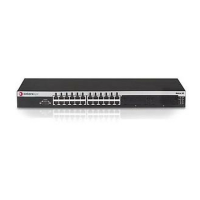
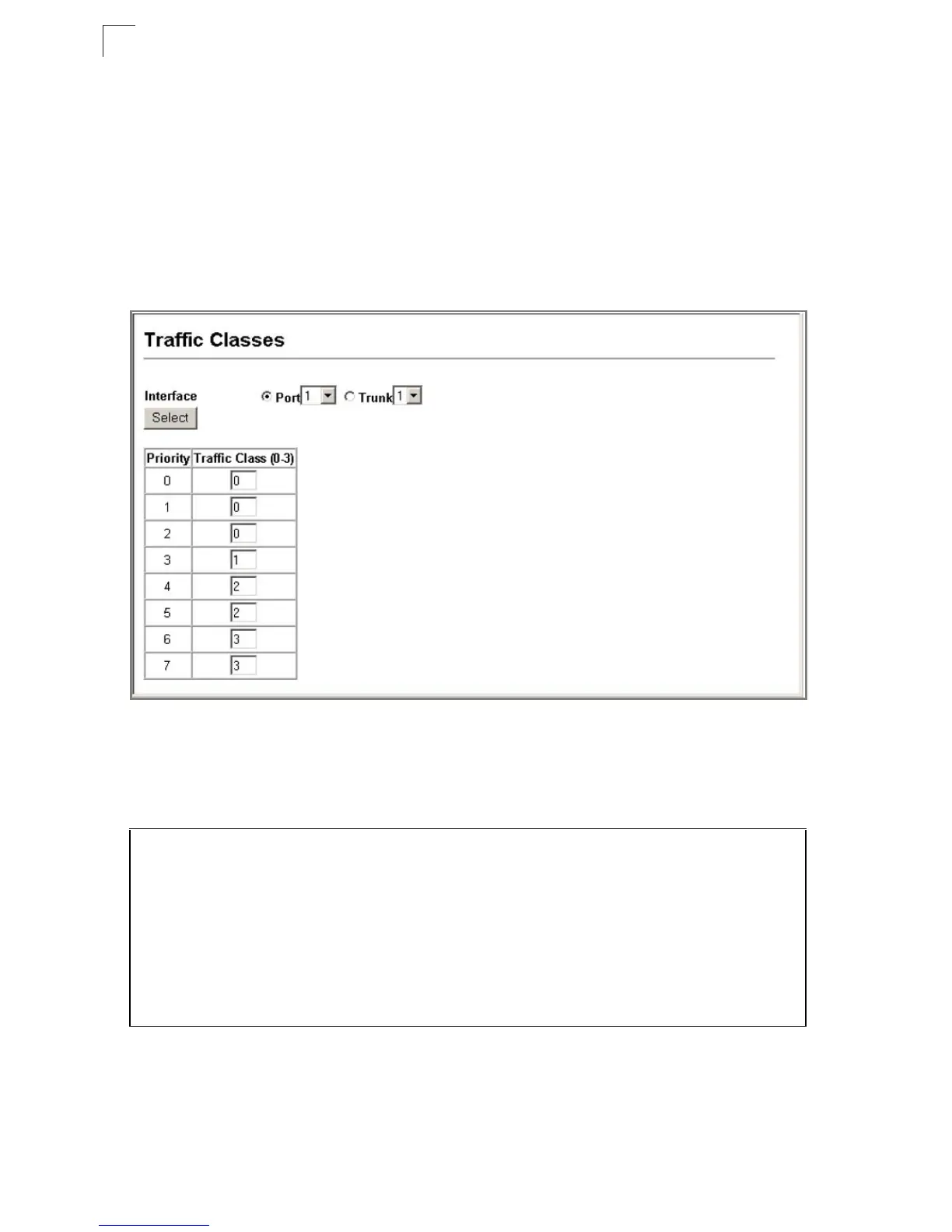